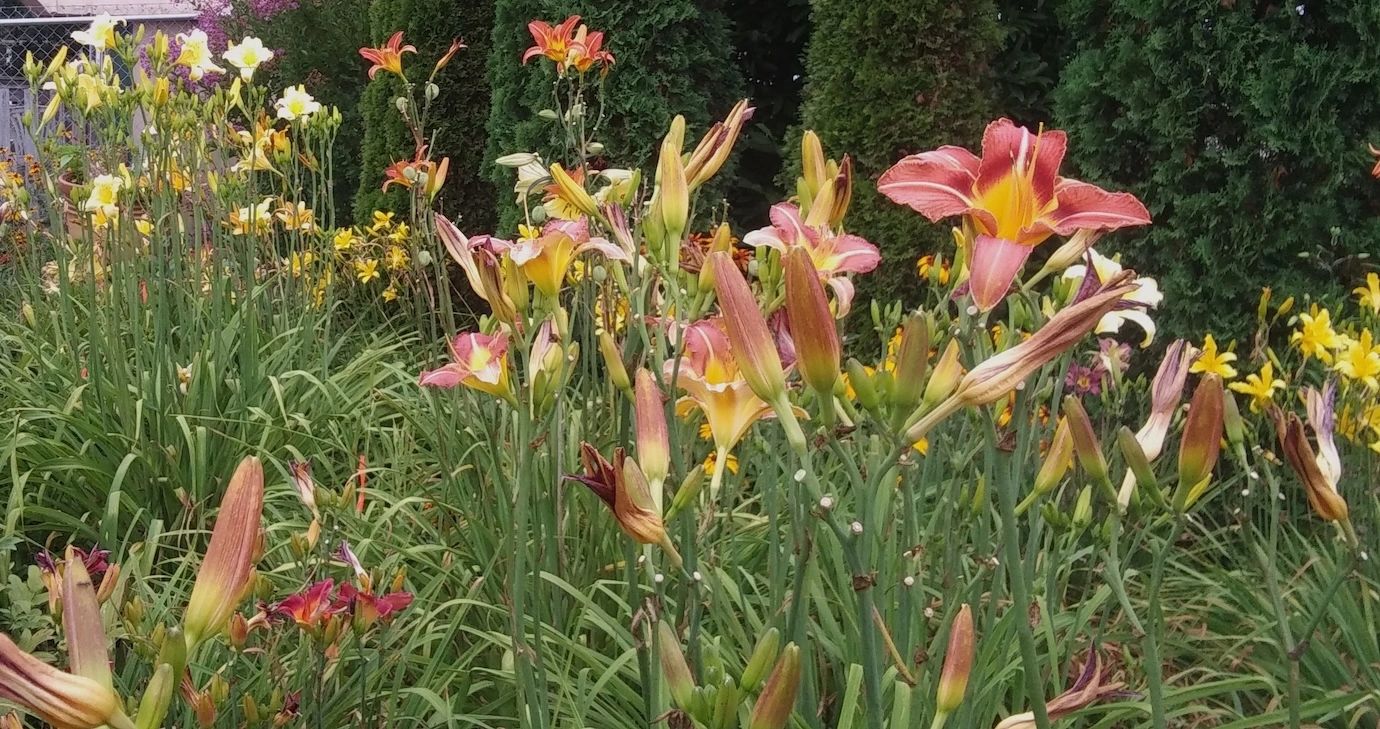Signed in as:
filler@godaddy.com
Signed in as:
filler@godaddy.com

I use five major size categories in daylilies, with lots of cross-over and blurring between each, of course.
The height of daylilies is generally based upon the height of the mature flower scapes, but the foliage will achieve a fairly regular height and size, as well. Any cultivar's height will vary based upon multiple possible causes. Newly planted divisions will almost never give mature scapes or flowers. Plants that are enduring drought, or that have suffered late freeze damage, or both, amongst other stressors, may see significantly shorter scapes, along with reduced bud counts and branches. Almost any cultivar can see reduction in these numbers from stressors. Registry data reflects how it grew over many years in my garden. In more high-input conditions, many people growing my cultivars are finding that they exceed their performance in my garden. Those who use low-input methods will tend to see numbers closer to my registry data.
The data below is based on the registered height of each introduction. That is the height I most commonly see. New divisions will typically be shorter. A fully mature clump (3 years and later) will tend to show the mature height for your garden. It may be shorter or taller than it is in mine, based upon your environment and inputs (specially fertilizer and water, with micronutrients being an added bonus).
I use the following five categories: Mini - under 24", small - 24" to 30", medium - 31" to 36", tall - 37" to 50", giant - 51" - 72"+
These categories are merely my shorthand. They do not reflect official size categories. They are based on the height of the scape. Plants may be gracile, robust or anything in between. Scape height does not always reflect the size of the foliage and the plant itself, though it often does. Giant types will need to be at full clump strength to give their tallest and strongest scapes.
